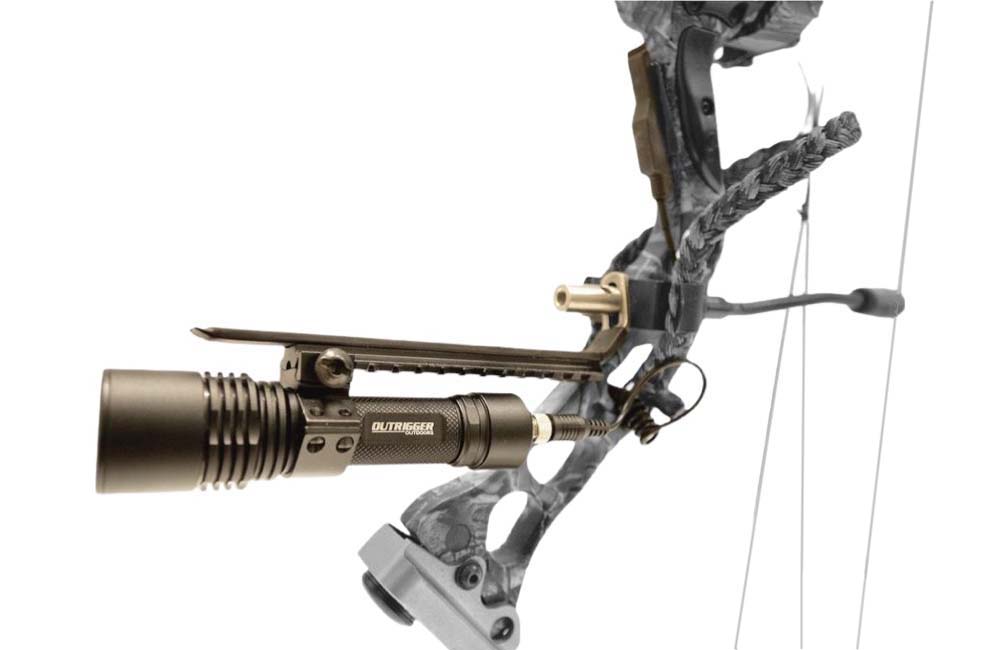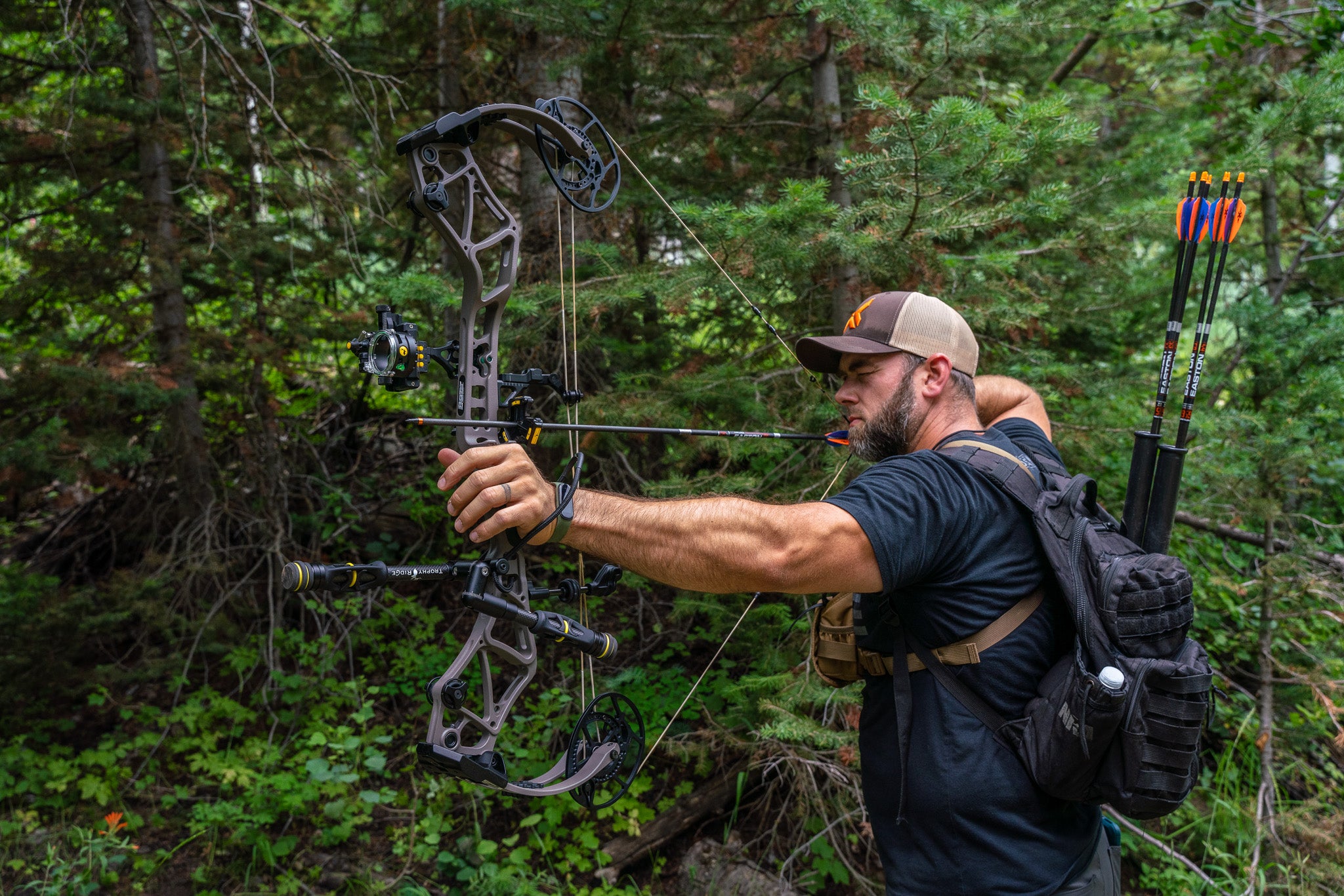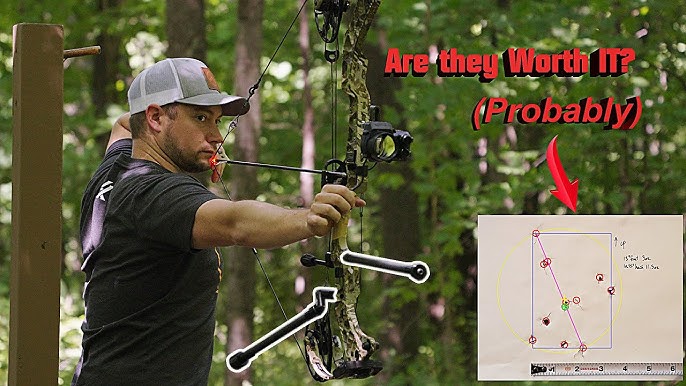Exploring Archery Stabilizers: Locating the Perfect Fit
Master the Art of Archery: Comprehending the Importance of a Stabilizer in Your Configuration
Whether one is a skilled archer or simply starting their trip, the value of a stabilizer in their configuration can not be overstated. By comprehending the benefits of making use of a stabilizer, considering the best variables when picking one, and appropriately setting up and changing it, archers can raise their skills to new elevations.
The Role of a Stabilizer in Archery
A stabilizer plays a critical function in archery by enhancing balance and reducing vibrations throughout the shot. A stabilizer aids to neutralize these vibrations by taking in and dissipating the power (archery stabilizer).
One of the main benefits of a stabilizer is its ability to enhance equilibrium. The weight of the stabilizer helps to distribute the weight evenly, lowering the strain on the archer's arm and enhancing security.
In addition to equilibrium, a stabilizer also aids to minimize torque. The weight and style of a stabilizer neutralize this turning, guaranteeing an extra accurate and regular shot.
Advantages of Utilizing a Stabilizer
The usage of a stabilizer in archery supplies many advantages that boost an archer's efficiency and general shooting experience. First of all, a stabilizer assists to decrease the resonances created upon launch of the arrow. These resonances can cause the acquiesce torque or spin, causing unreliable shots. By taking in and dampening these resonances, the stabilizer improves the stability of the bow, enabling more specific and constant shots.
Second of all, a stabilizer assists to stabilize the bow by adding weight to the front end. This weight distribution counteracts the natural propensity of the bow to tip forward upon launch, decreasing the quantity of motion and boosting the archer's capacity to keep purpose on target.

Lastly, a stabilizer can also act as a shock absorber, lowering the shock and recoil experienced upon launch. This not only improves the comfort of shooting but also decreases the risk of injury or strain on the archer's body.
Exactly How a Stabilizer Improves Accuracy
Enhancing the accuracy of an archer's shots, a stabilizer plays a vital function in improving overall efficiency. archery stabilizer. By including stability to the bow, a stabilizer assists lessen the undesirable motion and vibration that can take place throughout a shot. This decrease in activity allows the archer to maintain a stable purpose, resulting in more regular and exact shots

Furthermore, a stabilizer helps to dampen resonances that take place upon release. These vibrations can cause the bow to shake, affecting the arrow's trajectory and accuracy. By absorbing and dissipating these vibrations, a stabilizer helps to maintain the bow's stability and ensure a smooth and accurate shot.
In addition, a stabilizer can likewise help in balancing the weight distribution of the bow (archery stabilizer). By adding weight to the front of the bow, a stabilizer helps to stabilize the weight of devices, such as views or quivers, which might be connected to the bow. This balanced weight distribution helps the archer maintain a constant and regulated capturing placement, resulting in boosted precision
Variables to Think About When Picking a Stabilizer
When selecting a stabilizer for your bow, it is very important to consider numerous factors that will add to its overall effectiveness and viability for your private shooting design. The initial variable to consider is the length of the stabilizer. Stabilizers are available in numerous sizes, ranging from brief to long. Longer stabilizers typically offer much more security and equilibrium, however they can likewise be much heavier and harder to maneuver. Much shorter stabilizers, on the various other hand, offer much better ability to move but might compromise some stability.
One more factor to think about is the weight of the stabilizer. The weight of the stabilizer can affect the balance of your bow. A much heavier stabilizer can help to minimize vibrations and enhance stability, causing a steadier shot. A lighter stabilizer may be chosen by shooters who prioritize ability to move and speed.
Some stabilizers have adjustable features, such as adjustable length or adjustable weights, which allow you to customize the stabilizer to your certain needs. Carbon fiber stabilizers are long lasting and lightweight, while aluminum stabilizers provide a balance between weight and rigidness.
Various stabilizers might work better for specific shooting designs, such as target shooting or hunting. It is advisable to consult with seasoned archers or professionals to figure out which Read Full Report stabilizer will certainly best fit your specific needs.
Tips for Appropriately Readjusting a stabilizer and setting up
Proper installment and adjustment of a stabilizer is important for enhancing its performance and making certain ideal shooting accuracy. check my blog When setting up a stabilizer, it is essential to adhere to a few key steps to ensure its efficiency. Initially, establish the appropriate length of the stabilizer based on your shooting style and choices. Longer stabilizers give more stability but can be less manoeuvrable, while much shorter stabilizers supply boosted ability to move yet may give up security. When you have chosen the appropriate size, affix the stabilizer to the bow using the given placing hardware. Ensure that the stabilizer is safely fastened and aligned with the bow's riser.
After mounting the stabilizer, it is required to make modifications to accomplish the desired balance and shot uniformity. Start by readjusting the weight distribution along the stabilizer. This can be done by including or eliminating weights from the stabilizer's weight system. Explore different weight arrangements to discover the balance that functions best for you. Additionally, consider readjusting the angle of the stabilizer to adjust the shot. A small ahead or backward tilt can impact the bow's equilibrium and exactly how it responds during the shot.

Conclusion
In conclusion, a stabilizer plays a vital duty in archery by improving precision and lowering bow torque. When selecting a stabilizer, aspects such as size, weight, and original site material ought to be thought about to meet private needs.
In addition, a stabilizer can also assist in stabilizing the weight distribution of the bow. By adding weight to the front of the bow, a stabilizer helps to stabilize the weight of accessories, such as sights or quivers, which may be connected to the bow. Some stabilizers have adjustable functions, such as adjustable length or flexible weights, which permit you to tailor the stabilizer to your details demands. Carbon fiber stabilizers are durable and lightweight, while light weight aluminum stabilizers use a balance in between weight and rigidness.
Longer stabilizers offer more stability but can be much less maneuverable, while much shorter stabilizers provide increased ability to move however might sacrifice security.